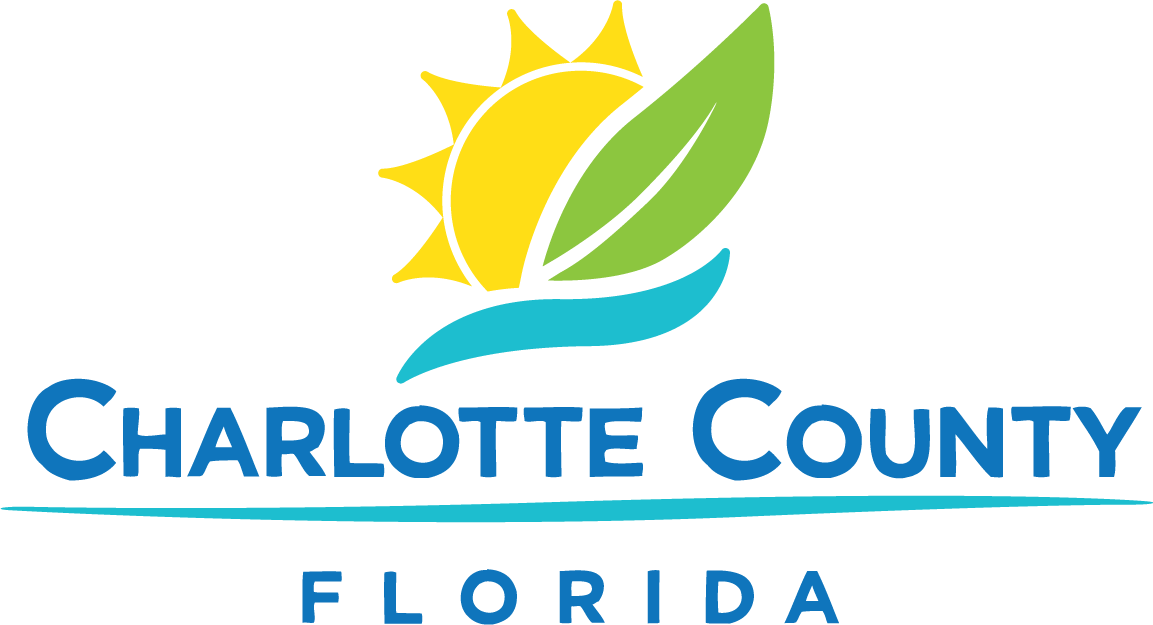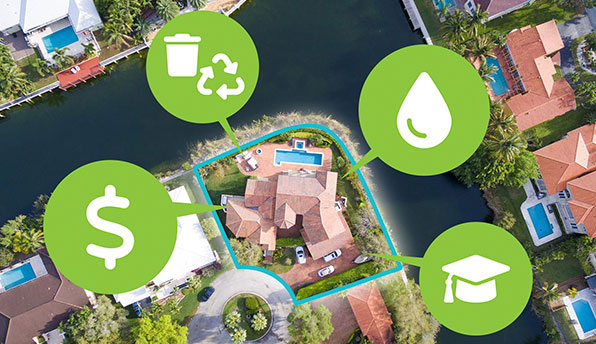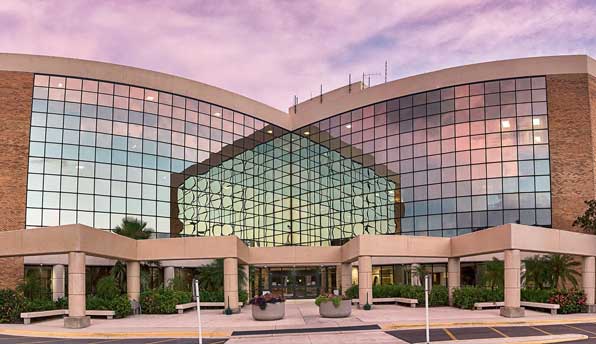Florida Scrub-Jay
How to Help
The Florida scrub-jay exists only in Florida. Without our help it may become extinct. There are several things you can do to benefit scrub-jays. Watch out for scrub-jays and other wildlife while you are driving. If you are planning to build a structure where there are scrub-jays please call Charlotte County Natural Resources. Keep your cats indoors to prevent them from killing scrub-jays. Limit the use of pesticides around your house; pesticides may kill the food that the scrub-jay depends upon.
County Permitting
Properties located in the FSJ HCP Plan Area (available on the County’s GIS map) will need to comply with the County’s HCP or can request an individual review from USFWS.
Resources
Sea Turtles
Protection Measures
Artificial lighting is reported as the #1 cause of hatchling mortality. Landward lights can disorient hatchlings that depend upon the illuminated horizon for direction.
Other threats to sea turtles include pollution, temporary structures left on the beach overnight, fishing line and other ocean debris, floating balloons or plastic bags which resemble jellyfish, and dogs running at-large on the beach.
In May 1989, and later amended in June 1998, Charlotte County adopted a Sea Turtle Protection Ordinance (Article XII) which provides standards and criteria for the protection of sea turtle nesting, coastal development, and prohibits artificial lighting on the nesting zone during the nesting season.
In 2005, The Sea Turtle Management Plan was developed to provide clarification and supplemental information on Article XII, Sea Turtle Protection Ordinance. It is the intent of this management plan to provide a balance between the needs of residents and visitors and threatened and endangered sea turtles. This document is also designed to provide the beachfront community a greater understanding of how the County will implement the sea turtle ordinance.
Light Pollution
The Florida Power & Light Company has information about Sea Turtles and Lights.
Light pollution isn’t just a problem for sea turtles, many astronomers are also trying to control light pollution all over the world so they can get a good view of the night sky. Many of the light applications they support can be used near turtle beaches as well. Visit the International Dark Sky Association.
Migratory birds also have problems with light pollution. Information about this subject can be found at the Fatal Light Awareness Program (FLAP).
County Permitting
Properties located in the Sea Turtle Lighting Overlay (available on the County’s GIS map) may require additional review and inspections for compliance with the Sea Turtle Ordinance. For additional information, please see our Sea Turtles and Coastal Development as well as our Sea Turtle Nesting brochures. Contact Alexandria Grant at 941.613.3218 or Alexandria.Grant@CharlotteCountyFL.gov with any questions.
Resources
- Marine Turtle Protection Act
- FWC Marine Turtle Protection
- Sea Turtles and Coastal Development
- Sea Turtle Nesting
Gopher Tortoise
How to Help
If you are planning to develop where there are gopher tortoise burrows, please
call FWC at 863.648.3200 or Charlotte County's Environmental Specialist at 941.764.4127.
Keep cats and dogs from roaming, since they may harass or even kill young tortoises. Watch out for gopher tortoises and other wildlife while you are driving. Keeping gopher tortoises as pets is illegal unless you have a permit. The gopher tortoise is a protected species and may not be handled.
County Permitting
If you have gopher tortoise burrow/s on your property, you have two options:
- You can avoid the burrow/s with a 25-foot circumference at all times, which includes all machinery and vehicles that enter the site.
You must provide Charlotte County environmental permitting staff a site plan documenting:
- All tortoise burrow/s that will be avoided with a minimum 25-foot buffer.
- How the burrow will be protected during all construction activities.
- The original Tree Site Plan modified (if applicable) so that no activity occurs within this buffer. - If the tortoise burrow cannot be avoided, then a relocation permit from the FWC must be applied for and the approved permit must be provided to Charlotte County environmental staff.
**Staff conducts random inspections to verify successful gopher tortoise relocations.**
For questions or concerns on permitting requirements, you may contact Charlotte County's Environmental Specialist at 941.764.4127 or go to FWC's Gopher Tortoise Permitting Guidelines.
For information on Gopher tortoises you may contact the Charlotte County Natural Resources Division at 941.613.3220 or NaturalResources@CharlotteCountyFL.gov.
Resources
Eastern Indigo Snake
How to Help
Eastern indigo snakes frequently use armadillo and gopher tortoise burrows for shelter and egg-laying. If an indigo snake is encountered during construction activities, immediately stop all work taking place on site. Do not attempt to move or handle the snake, do observe the direction the snake is moving towards. Do not resume construction activities until the snake is at least 100 yards away from all areas of construction. Crew members should immediately notify their direct supervisor of the snakes presence. The supervisor is then responsible for notifying the Charlotte County Natural Resources Division at 941.613.3220.
County Permitting
The Eastern Indigo Snake is a covered species under the Charlotte County HCP, best management practices for construction activities are required for all properties identified in the HCP.
Resources
- Eastern Indigo Snake Brochure
- Eastern Indigo Snake Poster
- Rules Relating to Endangered or Threatened Species
- Standard Protection Measures for the Eastern Indigo Snake
Florida Manatee
How to Help
Obey all posted waterway signs and adhere to the FWC manatee and boating safety zone maps. Be aware and stay prepared on the water, slow down and watch closely for manatees. Avoid traveling though seagrass or other shallow areas where manatees may be feeding or resting. Help keep manatee habitat safe by cleaning up your trash and participating in local clean up events. Remember to use the county's monofilament fishing line bins which are placed at all county boat ramps.
County Permitting
The Charlotte County Manatee Protection Plan only applies to the creation of a boat facility with five (5) or more slips, or the expansion of an existing boat facility with a total of five (5) or more slips. Facilities with four (4) or less slips with transitory or repetitive uses will be reviewed and addressed by the state and federal agencies outside the purview of this plan, as needed. Residential single family docks with four (4) or less slips are exempt from the boat facility citing strategy component of the MPP, however they must still conform to all applicable federal, state and local regulations in place at the time of the permit application.
In an effort to streamline the counties MPP review process, staff has created a self-certification form for 5 or more existing slips as well as an application for MPP review for 5 or more new slips. All applications must be sent to the Charlotte County Natural Resources Division via e-mail to Jamie Scudera or Tina Powell or mailed to the following address:






